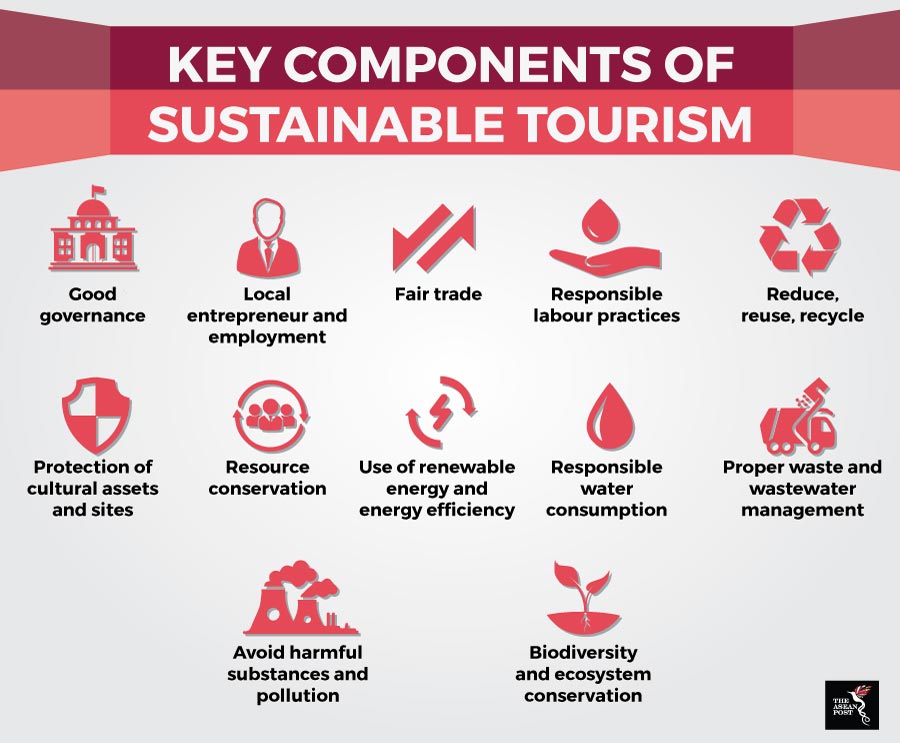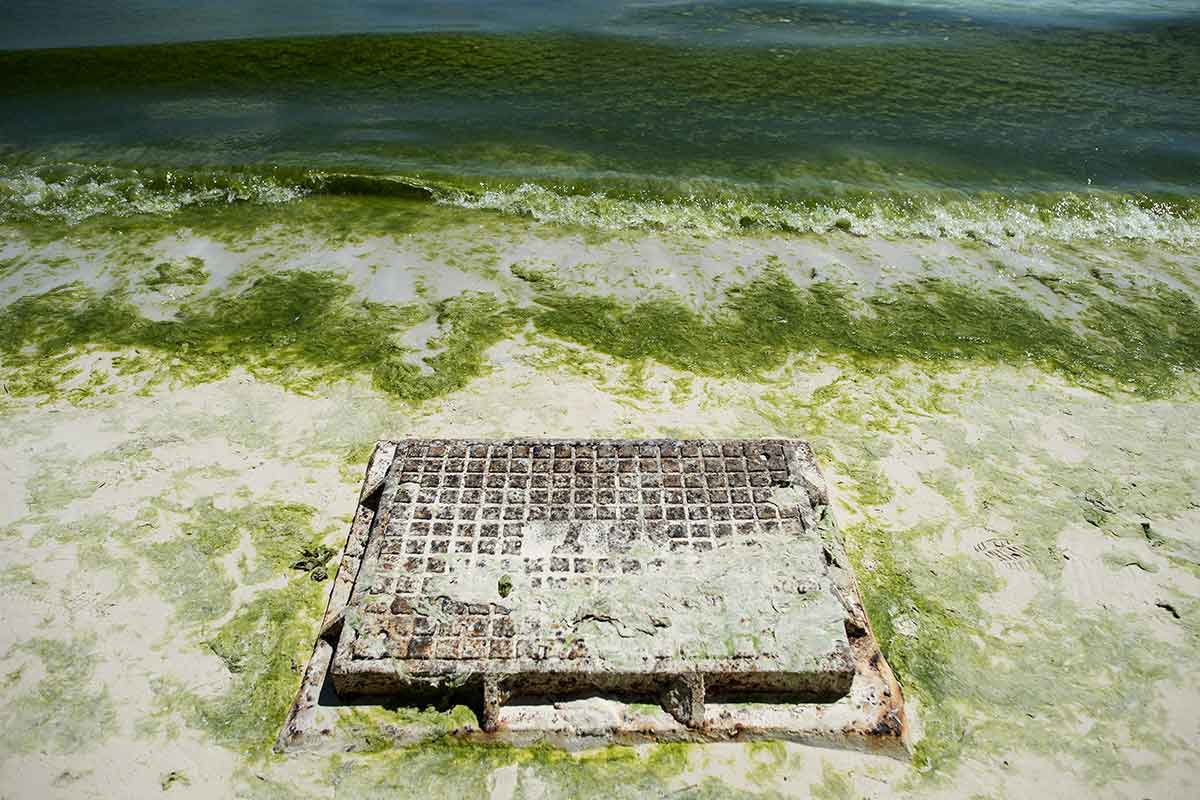Proclaimed as a ‘paradise on earth’ in the 1970s, the Philippine island of Boracay landed on the bucket lists of western tourists seeking sun, sea and surf. However, by the mid-1990s, tourist arrivals dropped due to degradation caused by a non-existent sewage system on the island. Despite the improvements in clean water, sewage treatment and waste management systems in the late 1990s, environmental issues persisted due to the noncompliance of the island’s business establishments.
It took another 20 years of further environmental degradation before the island, by then described as a cesspool by Philippine President, Rodrigo Duterte, was declared closed to tourists in April 2018. The temporary closure was to allow for rehabilitation of the island by various government agencies and compliance by the many businesses providing accommodation, food and beverage, logistics, and other services to tourists.
To be reopened on 26 October after a six-month hiatus to allow for rehabilitation, the Philippines’ Department of Environment and Natural Resources (DENR) has reported that the work in progress has resulted in improved water quality and the return of some species to the island.
According to the DENR, some of the drivers of Boracay’s decay are water pollution, waste accumulation and forest encroachment. Conservation measures that were identified for a rehabilitated Boracay include renewable energy to lessen greenhouse gas (GHG) emission, habitat restoration, use of environment-friendly products, and biodiversity education programmes for the public.
The case study for the rehabilitation of Boracay is set to be presented at the upcoming ASEAN meeting on mainstreaming biodiversity in the tourism sector. The Executive Director of the ASEAN Centre for Biodiversity (ACB), Dr Theresa Mundita Lim, said the presentation is meant to highlight efforts to mainstream biodiversity in tourism.
Going beyond biodiversity
While focus on biodiversity and its importance to the marine environment is key, efforts to rehabilitate the tropical island should expand beyond biodiversity to treat the root cause of the decay. To prevent the rehabilitated Boracay from returning to its previous condition, measures need to go beyond preserving biodiversity to preventing over-tourism, therefore ensuring the survival of the island.
According to Professor Dr Amran Hamzah, professor in Tourism Planning and Director of the Centre for Innovative Planning and Development (CIPD), at the University of Technology, Malaysia (UTM), the key is an enforced tourism management plan that is aligned with the Sustainable Development Goals (SDGs) and adheres to the Collaborative Management Models to ensure that the sustainable development of the industry is in synergy with environmental conservation. Another key focus is nurturing sustainable and responsible tourism service providers.
“Good governance is essential. Education for industry players, tourists and local communities is essential. Having a good data base and performing rigorous analytics to understand tourist behaviour, expectations and impacts will assist product development and destination management. At the same time, the role of local communities as joint custodians of the islands should not be ignored,” said Amran.

Source: Various sources.
Amran added that until and unless the tourism industry is willing to embrace ethical practices voluntarily, no amount of enforcement would be able to protect a tourist island from turning into an environmental abyss. Their efforts towards sustainability can be empowered through capacity building programmes that ensure they do not kill the goose that lays the golden egg.
In many of Southeast Asia’s tropical tourism islands, over-tourism and environmental degradation have reached alarming levels. A similar fate has also befallen Thailand’s Maya Bay on Ko Phi Phi Leh island. One of Thailand’s most visited destination, receiving up to 5,000 tourists and 200 boats a day and generating about THB400 million (US$12.2 million) in revenue a year, the Thai authorities were hesitant to shut it down. However, due to the extent of environmental damage caused by years of over-tourism, the temporary four-month closure has been extended to at least a year.
Tourism is a double-edged sword. Done well with good governance and a jointly supported and implemented sustainable model, it could be an effective tool for balanced socio-economic development. On the other hand, over-tourism will lead to overexploitation, overtaxing and degradation of the islands’ natural and cultural capital. Boracay and Maya Bay are prime examples of what could go wrong and should serve as a wake-up call for the region.
Related article:
Can ASEAN safeguard its islands?
